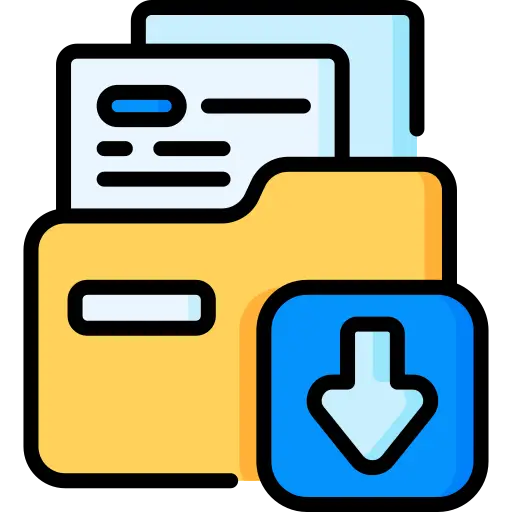



৳ 550 Original price was: ৳ 550.৳ 399Current price is: ৳ 399.




৳ 550 Original price was: ৳ 550.৳ 399Current price is: ৳ 399.
Opening a U.S. bank account is easier than you think—whether you’re a U.S. citizen, a resident, or even a non-resident. This guide walks you through everything you need to know: the benefits, types of accounts, required documents, and a simple step-by-step process to get started.
Having a U.S. bank account provides several advantages:
Safe & Secure: FDIC-insured funds and advanced security measures.
Build U.S. Credit: Essential for residents and those planning to stay long-term.
Easier Global Transactions: Send and receive money internationally with lower fees.
Checking Account:
For daily use—paychecks, debit cards, online payments, and checks.
Savings Account:
Earn interest on deposits; ideal for long-term saving (limited withdrawals per month).
Certificate of Deposit (CD):
Higher interest but money stays locked in for a fixed time.
Government-issued ID (Driver’s license or passport)
Social Security Number (SSN)
Proof of Address (utility bill, lease, etc.)
Passport
Valid U.S. Visa or entry documents
ITIN (if no SSN)
Proof of foreign address
Note: Not all banks allow non-residents to open accounts. Check with your preferred bank first.
Compare Banks
Check account types, fees, and whether they accept non-residents.
Collect Your Documents
Make sure your ID, address proof, and SSN/ITIN are ready.
Choose the Right Account
Pick between checking, savings, or CD based on your goals.
Apply Online or Visit a Branch
U.S. citizens can often apply online. Non-residents may need to visit a branch.
Make an Initial Deposit
Most banks require $25–$100 to activate your account.
Get Online Access
Once approved, log in to manage your account, view transactions, and bank digitally.
Find Friendly Banks: Look for banks like Wells Fargo, Citibank, or HSBC that serve international clients.
Visit In Person: Most banks require non-residents to apply at a physical branch.
Apply for an ITIN: If you don’t have an SSN, apply for an ITIN to proceed.
| Bank Name | Key Features |
|---|---|
| Chase Bank | Large ATM network, strong mobile banking |
| Bank of America | Easy account setup, low deposit options |
| Wells Fargo | Great for international services, many branches |
| HSBC | Ideal for global clients |
| Citibank | Best for international money management |
Cartflows Design এ, আমরা আপনার জন্য নিয়ে এসেছি প্রিমিয়াম ডিজিটাল পণ্যের একটি বৈচিত্র্যময় সংগ্রহ — শক্তিশালী সফটওয়্যার থেকে থিম, প্লাগইন ও ওয়েবসাইট ডিজাইন, সৃজনশীল টুলস — আপনার প্রয়োজনীয় সবকিছু এক জায়গায়।
© All Rights Reserved By Cartflows Design
Reviews
There are no reviews yet